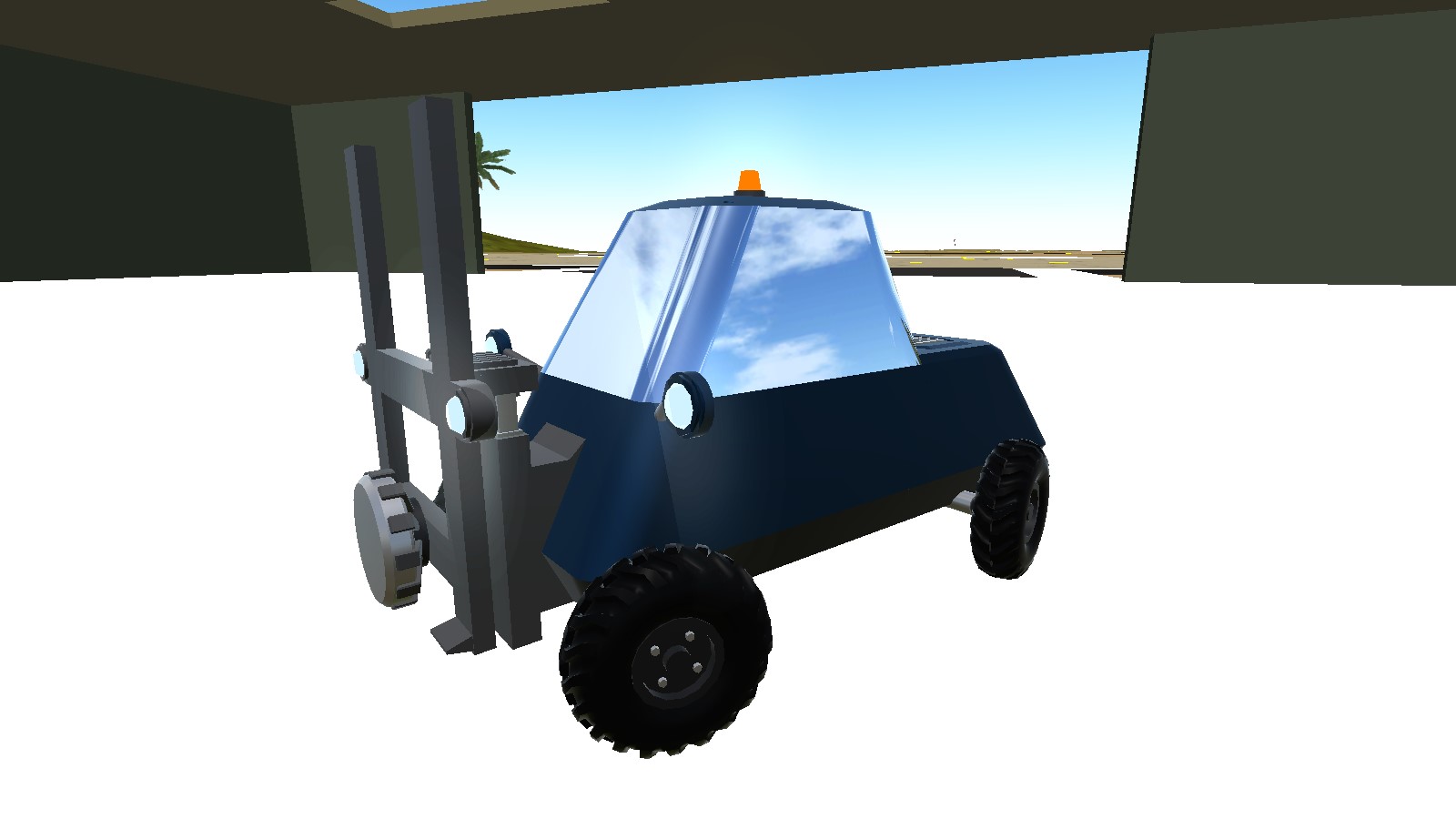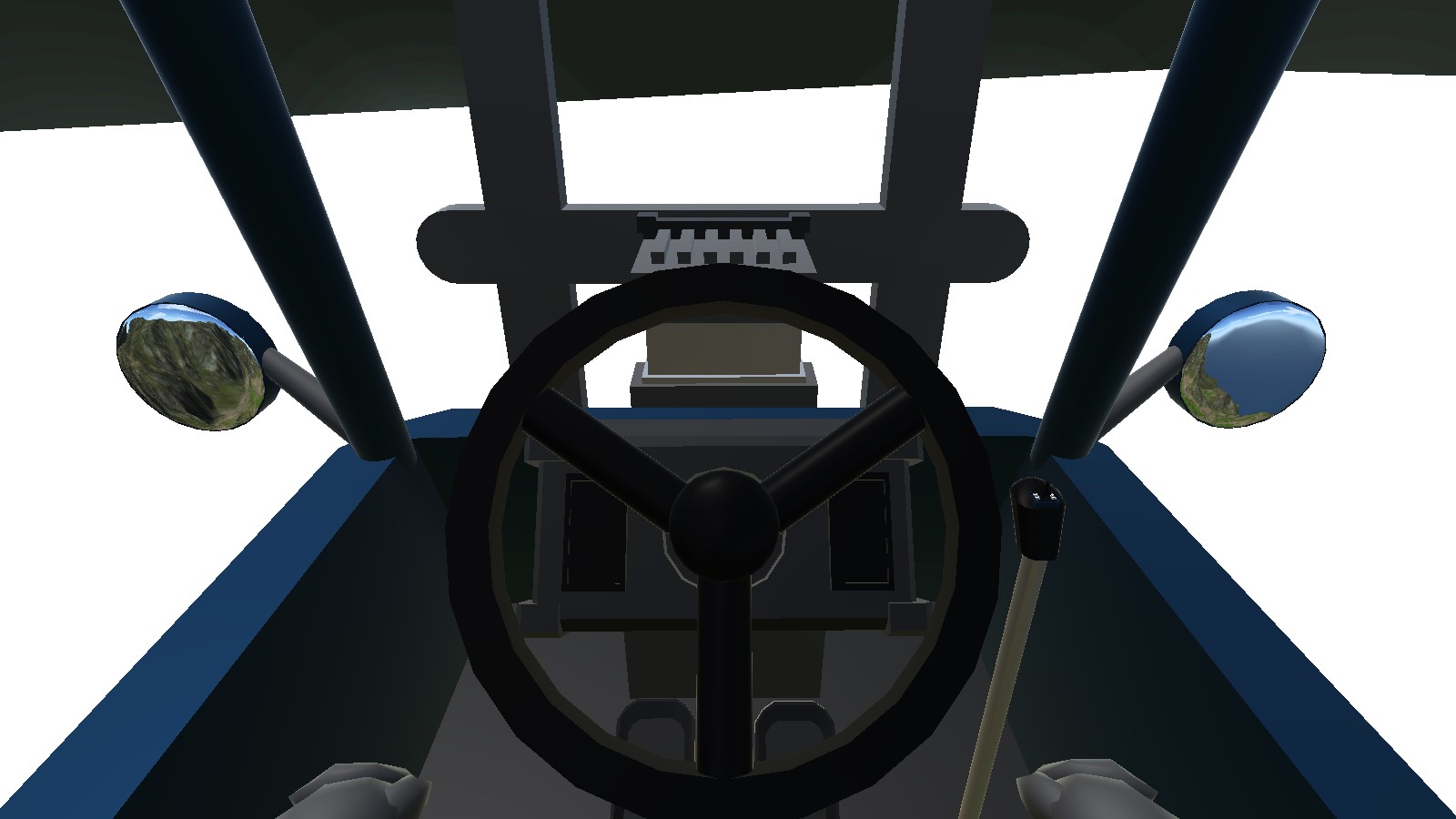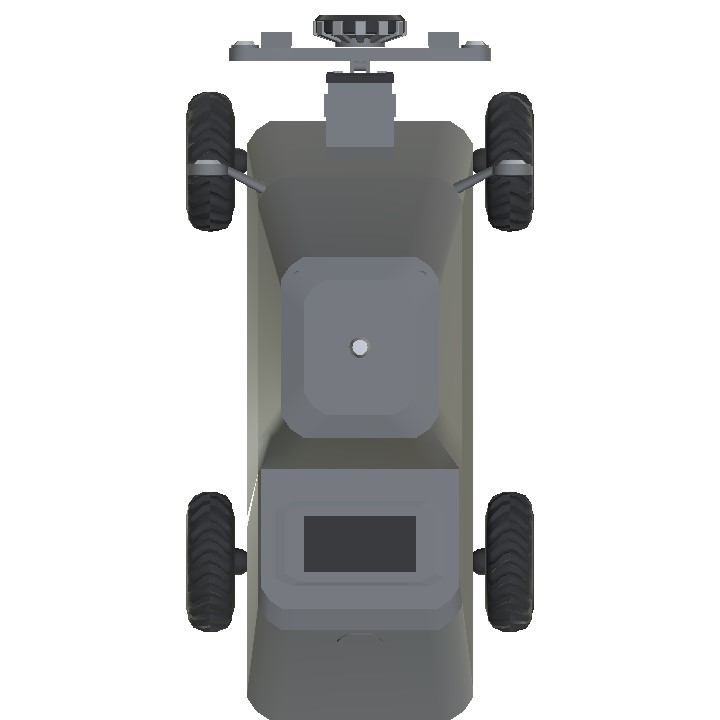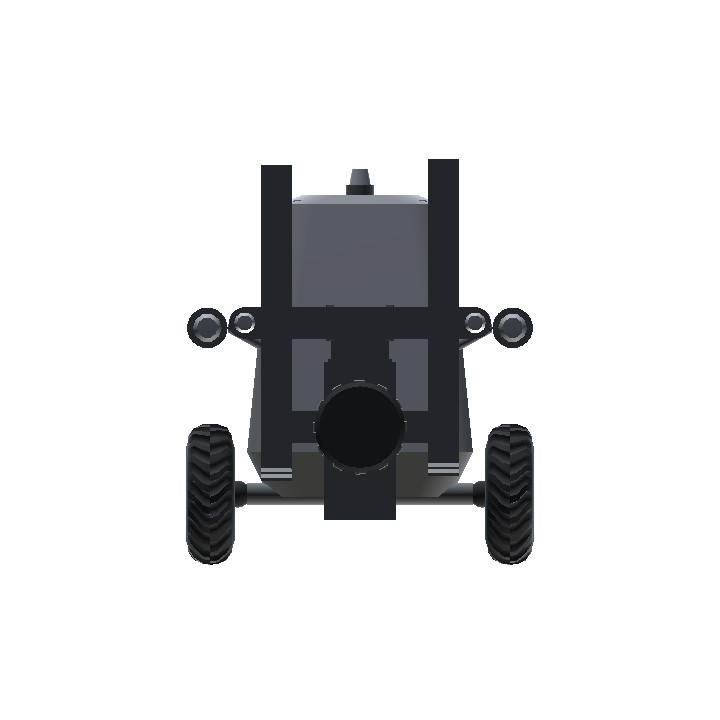Rainier Forklift
The Rainier Forklift is an all-electric Forklift designed and built by Rainier Land Systems Division. The Forklift features a single electric motor powering the rear wheels only, with quad steering and off-road tires that allow the forklift to traverse outside and on unpaved surfaces. The single electric motor equates to about 50HP, and is enough to propel the Forklift to a top speed of 65MPH. The loading lift features a magnet for picking up objects (would use a pallet fork IRL) and has a maximum lifting capacity of 1,000 pounds. 1,500 pounds is achievable, but would put severe stress on the lifting hydraulics, especially if moving at high speeds or making sharp maneuvers, which isn't recommended. The Forklift is Rainier Land Systems Division's first vehicle that isn't specifically military by nature. The Forklift is marketed in general commercially, and can by used by both civilian or military operators.
Manufacture:
Rainier Land Systems Division
Year:
2019
OPERATIONS:
AG-1 = Loading Lift Magnet On/Off
AG-2 = Forklift Motor & Systems On/Off
AG-3 = ---
AG-4 = Stabilization Gyro (Useful in event of rolling over)
AG-5 = ---
AG-6 = ---
AG-7 = ---
AG-8 = ---
SPECIAL OPERATIONS:
Pitch (W/S) = Forward & Reverse Drive
Roll (A/D) = Left & Right Steering
Throttle = Extend/Retract Loading Lift
VTOL = Move Loading Lift Up/Down
VARIANTS/PAINTJOBS:
Grey
BACKSTORY:
Background & Initial Conception.
The Rainier Forklift was a side-project commenced by Rainier Land Systems Division in late November of 2019. In the Fall of 2019, Rainier Aviation Group completed a new facility in Yakima, Washington that is solely dedicated to Rainier Land Systems Division. After moving to the new facility from Moses Lake, Rainier Land Systems Division became a fully-operational Rainier division. The Forklift was the first vehicle that was completely designed & produced by Rainier Land Systems Division at their new Yakima facility. The Forklift was designed & built in an incredibly short amount of time after the move was completed, and is meant to compliment the upcoming container variant of the Grizzly MPAT-V. The Forklift is also the first vehicle designed by the division that wasn't for a military contract, but for general commercial sale.
The Design.
The Rainier Forklift is Rainier's first all-electric vehicle. It features a single AC-electric motor that pushes out roughly 50HP and drives the rear wheels. There are no options currently for duel-motors or increased motor output. While relatively unnecessary for a Forklift, the Rainier Forklift can achieve a maximum speed of 65MPH. The battery pack for the Forklift is located in the floors of the vehicle, and the charging port is at the rear of the vehicle. The entire back section of the Forklift can also open up, allowing for easy maintenance of the vehicle. The Forklift's construction is made out of steel, and is made up of a few major components and parts, making the entire design very part-efficient. The loading lift features a magnet for picking up objects in SP (would use a pallet fork IRL), and can lift about 1,000 lbs.. A more heavy-duty lift is currently being considered for production and may be an addition after the basic Forklift model is launched into production. The tires are capable of traversing unpaved surfaces if needed, and can easily be replaced for smooth street tires. The operations of the vehicle in SP (the activation groups specifically) are formatted in certain order so it can easily be used alongside the upcoming containerized version of the Grizzly MPAT-V heavy duty truck.
Enjoy!
Specifications
General Characteristics
- Predecessor Rainier Forklift V.1.2
- Created On Windows
- Wingspan 6.3ft (1.9m)
- Length 13.1ft (4.0m)
- Height 7.3ft (2.2m)
- Empty Weight 3,325lbs (1,508kg)
- Loaded Weight 3,977lbs (1,804kg)
Performance
- Wing Loading N/A
- Wing Area 0.0ft2 (0.0m2)
- Drag Points 3511
Parts
- Number of Parts 74
- Control Surfaces 0
- Performance Cost 424













@soundwave
Thanks!
@JohnnyBoythePilot No problem!
@tsampoy
Thx!
@JohnnyBoythePilot Oki!
@ElectricVehicle
Thanks!
@Kimfri
Thank you!
@TitanIncorporated
Thanks!
@Braynie0904
@yoshicraze
Thanks!
@JohnnyBoythePilot no problem
@CrashFighter05
Thx for the updoot!